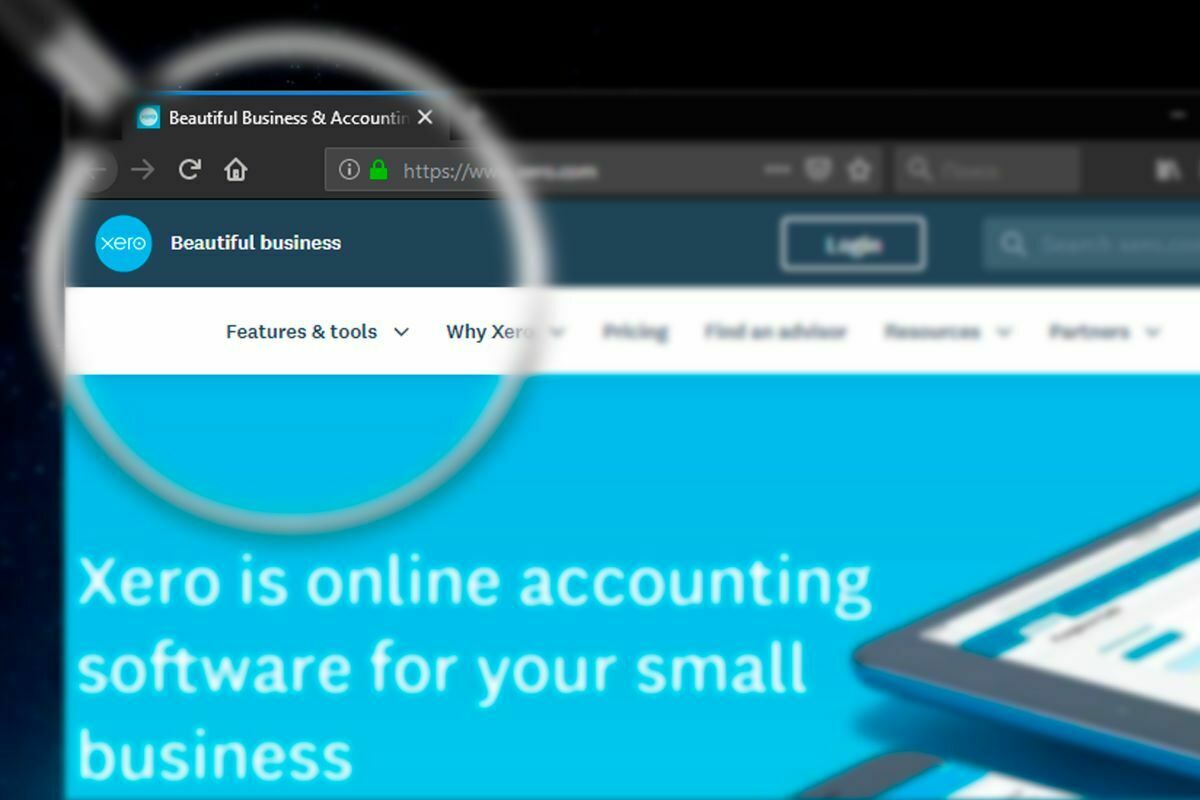
Creating a watertight accounts receivable process
Creating a watertight accounts receivable process
In business, it doesn’t get much more important than making sure your customers pay you.
And accounts receivable is all about getting paid for the work you do – in business.
It’s not exciting, but it’s important.
The accounts receivable process covers every part of your payment lifecycle. From finding customers to communicating expectations to billing correctly to following up on late invoices.
Building an accounts receivable process
So, how do you to build an effective accounts receivable process in your business?
The right customers
First, you need to work with the right customers and clients.
Before taking on customers, make sure you run credit checks. It’s also important to have them sign written terms, including billing timeframes and late payment penalties.
If you are comfortable doing so, you can also ask clients to sign a personal guarantee. This gives you the option of suing for an unpaid debt.
Effective invoicing
It’s vital that you always send invoices straight after the work is completed. This gets the payment ball rolling.
Make it as easy as possible for your customers and clients to pay you. You can do this by offering options like debit, credit or direct debit to.
Dependent on the apps you and your customers use, you may be able to set up to send e-invoices directly to your customer’s accounting or finance software.
Following up
Make sure you keep a close eye on your invoices. Make frequent and regular checks that payment has been made.
Have a process to follow up if an unpaid invoice is past its due date. This can be an automated process using cloud accounting software to send email reminders and statements. If that is unsuccessful included phone calls and consider debt collectors in your process.
Reviewing
For any customers that regularly pay their invoices late, consider changing their terms. Perhaps split your invoices and ask them to pay half upfront. Or suggest another payment method.
If there is not change to their late payments after changing their terms, you might consider letting them go.
Consistency is key
At the end of the day, having a watertight accounts receivable process is all about consistency.
Follow your process every time.
- Select the right customers
- Have clear policies and prompt billing
- Ensure thorough follow-ups and reviews
Automating your process as much as possible ensures consistency. And being consistent in your process reduces the risk of unpaid bills and rogue customers.
If you’re ready to create an effective payment process talk to us about how we can help.








